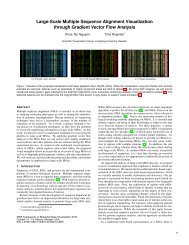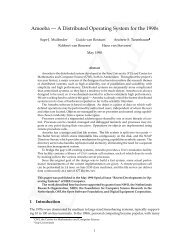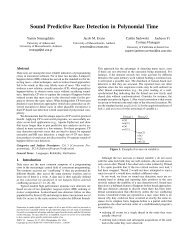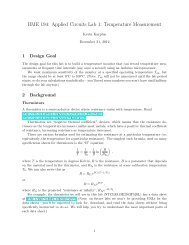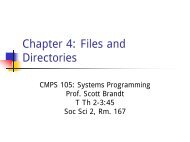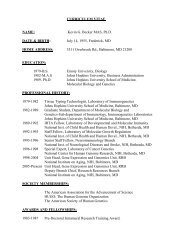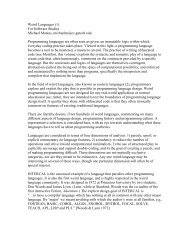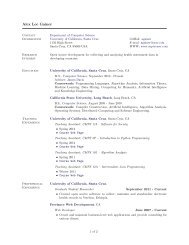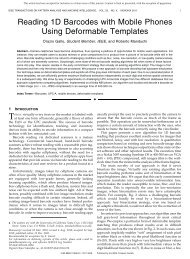A FAST AND ROBUST FRAMEWORK FOR IMAGE FUSION AND ...
A FAST AND ROBUST FRAMEWORK FOR IMAGE FUSION AND ...
A FAST AND ROBUST FRAMEWORK FOR IMAGE FUSION AND ...
You also want an ePaper? Increase the reach of your titles
YUMPU automatically turns print PDFs into web optimized ePapers that Google loves.
a b c<br />
Figure 1.3: Super-resolution experiment on real world data. A set of 26 low quality images were fused<br />
resulting in a higher quality image. One captured image is shown in (a). The red square section of (a) is<br />
zoomed in (b). Super-resolved image in (c) is the high quality output image.<br />
However, we shall see that in general, super resolution is a computationally complex and numer-<br />
ically ill-posed problem 2 . All this makes super-resolution one of the most appealing research<br />
areas in image processing.<br />
1.1 Super-Resolution as an Inverse Problem<br />
Super-resolution algorithms attempt to extract the high resolution image corrupted<br />
by the limitations of an optical imaging system. This type of problem is an example of an<br />
inverse problem, wherein the source of information (high resolution image) is estimated from<br />
the observed data (low resolution image or images). Solving an inverse problem in general<br />
requires first constructing a forward model. By far, the most common forward model for the<br />
2<br />
Let ϖ : φ1 −→ φ2, Y = ϖ(X) is said to be well-posed [9] if<br />
1. for Y ∈ φ2 there exists X ∈ φ1, called a solution, for which Y = ϖ(X) holds.<br />
2. the solution X is unique.<br />
3. the solution is stable with respect to perturbations in Y . This means that if Y = ϖ(X)and ˘ Y = ϖ( ˇ X) then<br />
X → ˇX whenever Y → ˇY .<br />
A problem that is not well-posed is said to be ill-posed.<br />
5




